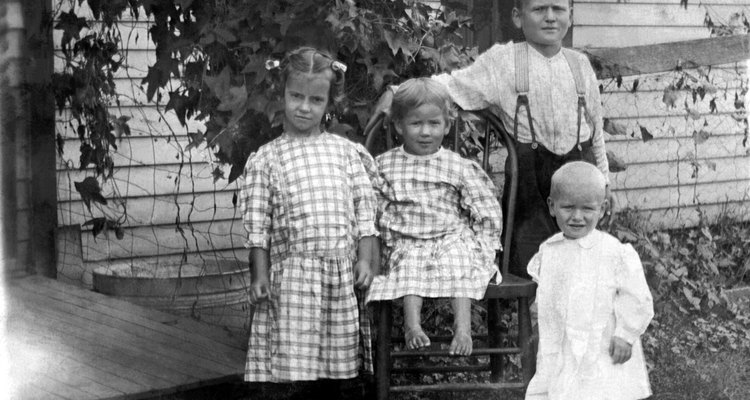
Jupiterimages/Stockbyte/Getty Images
Children's clothing of the 1920s was distinctly different from adult clothing, with a number of styles and designs intended for children between 1 year of age and around 14, when they would take on adult dress. The charming styles were made with durable and practical fabrics, easily saved for a younger sibling. For both little girls and boys, the clothing was suitable for play, work and school.
Baby Clothes
Babies of both genders were still dressed in white or ivory gowns, typically made of cotton. The fabric could stand up to harsh washings and worked equally well for boys and girls, while the gown style made it convenient to change diapers. Hand-knit bonnets and sweaters kept children warm, as did knit pants worn under the gown in cold weather. Both poor and wealthy infants were dressed in these gowns, but the quality and decoration would differ. Lace, tucks and embroidery decorated the gowns of wealthier babies. Light pastel colors were sometimes used for ornamentation.
Little Boys
While infant boys still commonly wore gowns, just like infant girls, once they were out of diapers the boys sported short pants, often buttoned to a shirt. Any parent of a toddler can recognize the practicality of buttoned-on shirts to keep a little boy looking neat. Romper style outfits were also a popular choice for little boys, often in striped fabric. Sailor collars were especially popular, either on a navy suit or one in a tan or cream color. Little boys' clothing was often made in shades of blue or tan. Cotton sateen or fine wool in darker colors were used for formal attire for young boys.
Little Girls
Little girls' dresses in the 1920s ranged from sailor style dresses or skirt suits -- with a skirt and blouse -- to colorful gingham print dresses. They typically had a high waistline, with the skirt beginning just below the armpits, or a natural waistline. All styles had full skirts, typically gathered, but sometimes pleated, with elbow-length or long sleeves. Hemlines came to the knees, and dresses could be worn with knee socks in cold weather or ankle socks in warm weather. Dresses for every day were relatively simple. Ruffles, large bows, and other embellishments adorned party dresses and formal wear.
Bigger Boys
As boys got older, they left their rompers and sailor suits behind in favor of a suit, not unlike their fathers. The suit consisted of a jacket, worn with either knickers or long pants, called longies. Pinstripes were especially common in boy's suits. White shirts were worn with a more colorful tie and handkerchief. While the suit was certainly worn for Sunday best by boys of nearly all classes, boys also took on a working role on family farms and businesses. For work in the fields, even relatively young boys would have worn practical overalls, very much like grown men.
Bigger Girls
Older girls' dresses were more stylish than those worn by little girls, transitioning gradually into more mature styles suitable for a young woman. Sailor collars were still sometimes worn, but were often replaced by lace and other trims on the dress bodice. Such a dress had a slightly more fitted bodice, with a natural or dropped waistline, hitting at the hip. Skirts were gathered or pleated, but were not as full as the ones worn by little girls. Fabrics and colors were more varied; however, very bright and rich colors were not considered suitable for girls, so pastel shades were popular, especially for formal dresses.
Related Articles
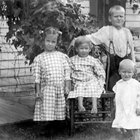
Children's Clothes in 1915

What Did Teenagers Wear in the '60s?
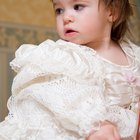
Children's Clothing of the 1800s

How Did Teenagers Dress in the '60s & ...

Farmer's Wife's Clothes in the 1800s

Men's Clothes & Styles in the 1920s & ...
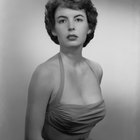
1950s Women's Fashion & Hairstyles

Fashion for Children in the 1960s

School Clothes in the 1900s

1950s Clothes for Children
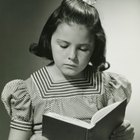
1930s School Clothes

Children's Clothing in the 1900s
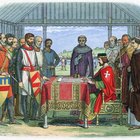
Kids' Clothing During the Medieval ...

School Uniforms in the 1940s

Children's Clothes in 1910
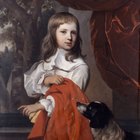
Children's Clothes in the 1600s
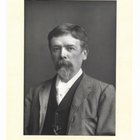
Men's Fashion in the 1890s
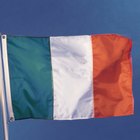
Irish Clothes of 1850
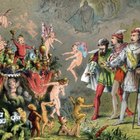
What Did Men Wear During the ...

Children's Shoes in the 1950s
References
Writer Bio
With a master's degree in art history from the University of Missouri-Columbia, Michelle Powell-Smith has been writing professionally for more than a decade. An avid knitter and mother of four, she has written extensively on a wide variety of subjects, including education, test preparation, parenting, crafts and fashion.
Photo Credits
Jupiterimages/Stockbyte/Getty Images